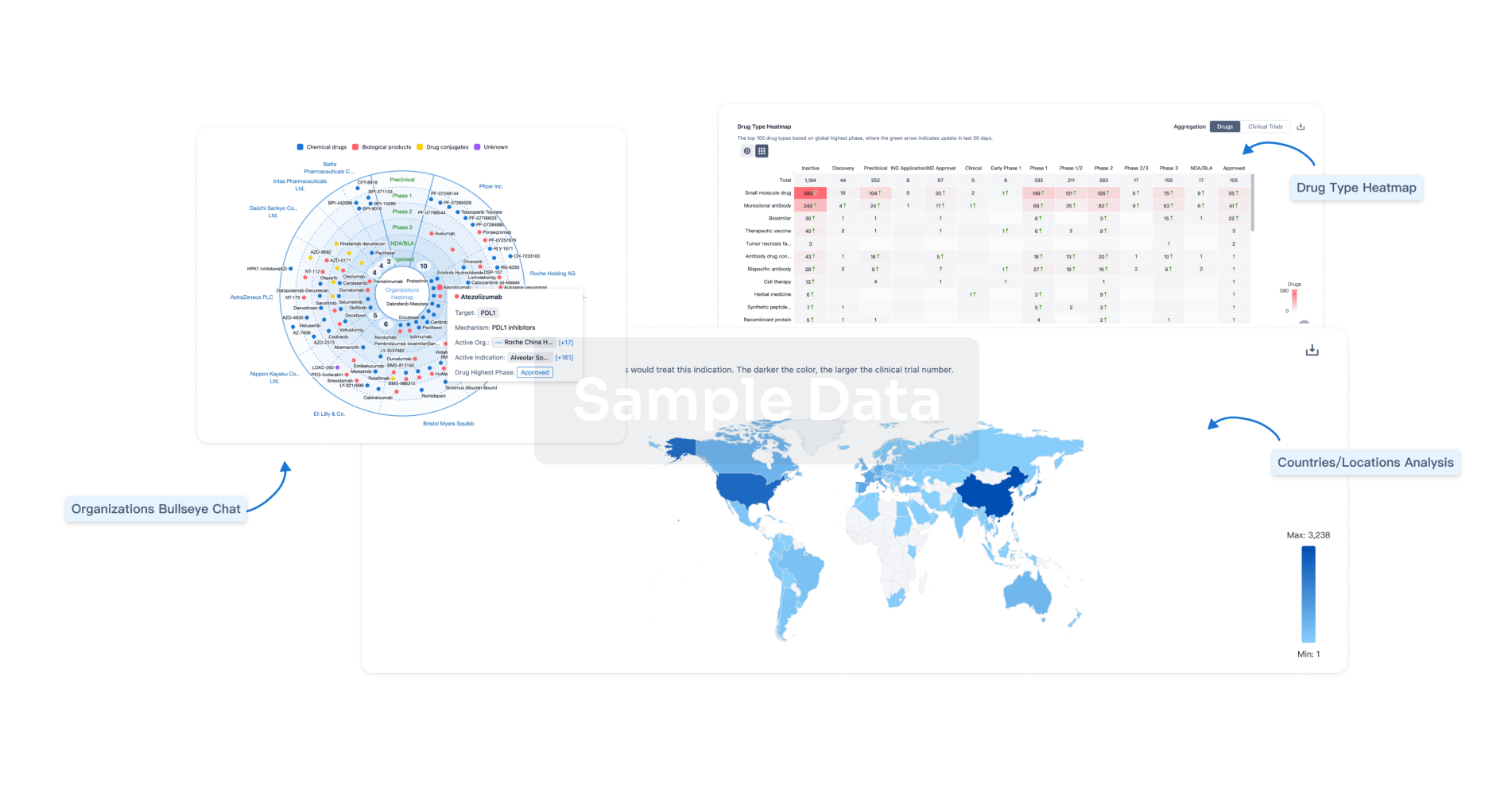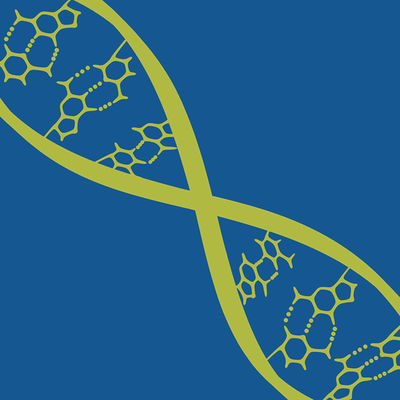Request Demo
Last update 08 May 2025
Chromosome 18 Deletion Syndrome
Last update 08 May 2025
Basic Info
Synonyms 18Q Syndrome, 18q deletion syndrome, 18q syndrome + [31] |
Introduction A condition in which some or all of the cells of the body contain extra genetic material from chromosome 18. Clinical features of this condition may include the following: spina bifida, hearing loss, cleft lip, cleft palate, undescended testes, rocker bottom feet, micrognathia, low set ears, cardiac anomalies (ventricular septal defect, atrial septal defect, patent ductus arteriosus, tetralogy of Fallot), intellectual disability, holoprosencephaly, pituitary dysplasia, seizures, autoimmune disorders, hip dysplasia, and/or congenital cataracts. |
Analysis
Perform a panoramic analysis of this field.
login
or

AI Agents Built for Biopharma Breakthroughs
Accelerate discovery. Empower decisions. Transform outcomes.
Get started for free today!
Accelerate Strategic R&D decision making with Synapse, PatSnap’s AI-powered Connected Innovation Intelligence Platform Built for Life Sciences Professionals.
Start your data trial now!
Synapse data is also accessible to external entities via APIs or data packages. Empower better decisions with the latest in pharmaceutical intelligence.
Bio
Bio Sequences Search & Analysis
Sign up for free
Chemical
Chemical Structures Search & Analysis
Sign up for free

